 W
WThe island of Great Britain, along with the rest of the archipelago known as the British Isles, has a largely temperate climate. It contains a relatively small fraction of the world's wildlife. The biota was severely diminished in the last Ice Age, and shortly thereafter was separated from the continent by the English Channel's formation. Since then, humans have hunted the most dangerous forms to extinction, though domesticated forms such as the dog and the pig remain. The wild boar has subsequently been reintroduced as a meat animal.
 W
WThe island of Great Britain, along with the rest of the archipelago known as the British Isles, has a largely temperate climate. It contains a relatively small fraction of the world's wildlife. The biota was severely diminished in the last Ice Age, and shortly thereafter was separated from the continent by the English Channel's formation. Since then, humans have hunted the most dangerous forms to extinction, though domesticated forms such as the dog and the pig remain. The wild boar has subsequently been reintroduced as a meat animal.
 W
WAcarapis woodi is an internal parasite affecting honey bees, the symptoms of infestation was originally observed on the Isle of Wight in 1904, but was not described until 1921. Acarapis woodi mites live and reproduce in the tracheae of the bees. The symptoms of Acarapis woodi infestation were originally called by beekeepers as the Isle of Wight Disease, however it is now called Acarine, after the Subclass to which the mites belong. All mites are arachnids like spiders. The female mite attaches 5–7 eggs to the tracheal walls, where the larvae hatch and develop in 11–15 days to adult mites. The mites parasitize young bees up to two weeks old through the tracheal tube openings. There, they pierce the tracheal tube walls with their mouthparts and feed on the haemolymph of the bees. More than a hundred mites can populate the tracheae and weaken the bees. The mites are generally less than 175 micrometres (0.007 in) long, and can only be seen and identified under a microscope.
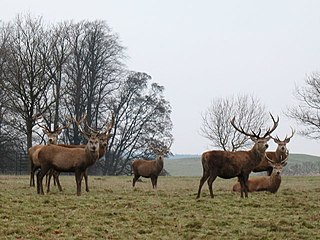 W
WAnimal welfare in the United Kingdom relates to the treatment of animals in fields such as agriculture, hunting, medical testing and the domestic ownership of animals. It is distinct from animal conservation.
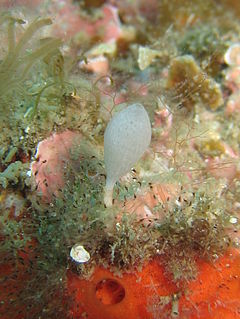 W
WClathrina lacunosa is a species of calcareous sponge from the British Isles. The species name means "having holes" and refers to the perforations found in the sides of the sponge. It is usually found on vertical solid surfaces at depths down to 220 m. It is distributed in the north-eastern Atlantic from the Arctic to the Mediterranean. It is a fairly common sponge but is often overlooked due to its small size.
 W
WThe northern crested newt, great crested newt or warty newt is a newt species native to Great Britain, northern and central continental Europe and parts of Western Siberia. It is a large newt, with females growing up to 16 cm (6.3 in) long. Its back and sides are dark brown, while the belly is yellow to orange with dark blotches. Males develop a conspicuous jagged crest on their back and tail during the breeding season.
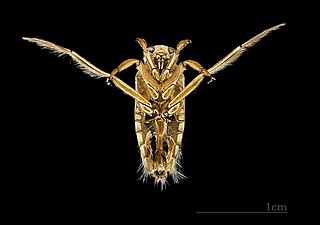 W
WNotonecta maculata is a backswimmer of the family Notonectidae, found in Europe, including the United Kingdom.
 W
WThe palmate newt is a species of newt found in most of Western Europe, including Great Britain. It is protected by law in all countries where it occurs, and is thought to be extremely rare to endangered in the Netherlands, Belgium, and Luxembourg, and vulnerable in Spain and Poland, but common elsewhere.
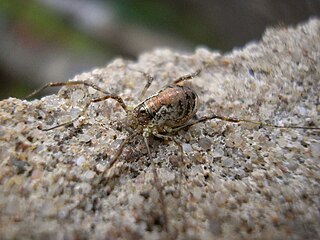 W
WParoligolophus agrestis is a species of harvestman. It occurs in Europe, including the United Kingdom.
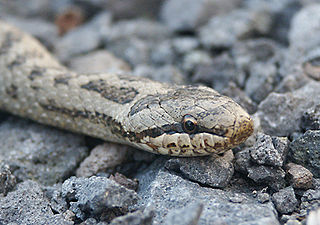 W
WThe smooth snake is a species of non-venomous snake in the family Colubridae. The species is found in northern and central Europe, but also as far east as northern Iran. The Reptile Database recognizes two subspecies as being valid, including the nominotypical subspecies described here.
 W
WSynopses of the British Fauna is a series of identification guides, published by The Linnean Society and The Estuarine and Coastal Sciences Association. Each volume in the series provides and in-depth analysis of a group of animals and is designed to bridge the gap between the standard field guide and more specialised monograph or treatise. The series is now published by The Field Studies Council on behalf of The Linnean Society and The Estuarine and Coastal Sciences Association.